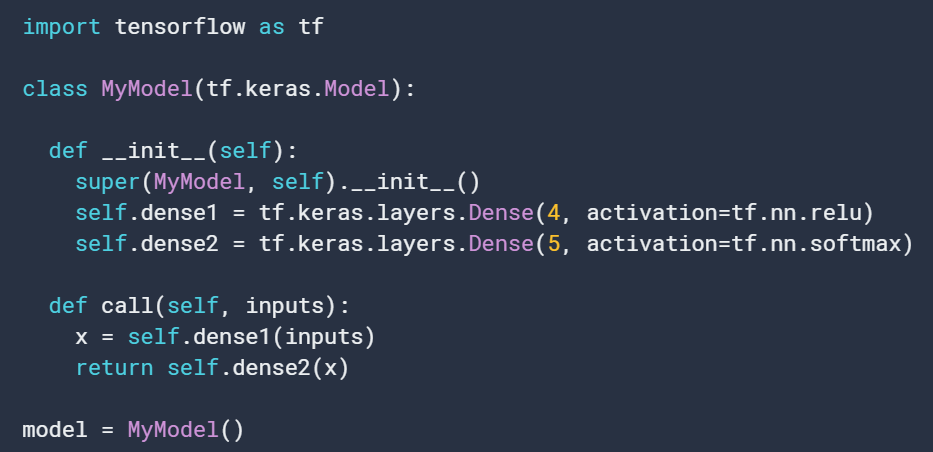
Owing to this, the architecture gets an overall U-shape, which leads to the name U-Net.įigure 1: Architecture of the U-Net Image Segmentation Model. Then the decoder decodes this information back to the original image dimension. The U-Net architecture (see Figure 1) follows an encoder-decoder cascade structure, where the encoder gradually compresses information into a lower-dimensional representation.
Pytorch nn sequential call code#
Looking for the source code to this post? Jump Right To The Downloads Section U-Net: Training Image Segmentation Models in PyTorch

Pytorch nn sequential call how to#
To learn how to train a U-Net-based segmentation model in PyTorch, just keep reading. Thus image segmentation provides an intricate understanding of the image and is widely used in medical imaging, autonomous driving, robotic manipulation, etc. Our model must automatically determine all objects and their precise location and boundaries at a pixel level in the image. This can be viewed as pixel-level image classification and is a much harder task than simple image classification, detection, or localization. In Image Segmentation, we go a step further and ask our model to classify each pixel in our image to the object category it represents. These tasks give us a high-level understanding of the object class and its location in the image. The computer vision community has devised various tasks, such as image classification, object detection, localization, etc., for understanding images and their content. U-Net: Training Image Segmentation Models in PyTorch (today’s tutorial).Training an Object Detector from Scratch in PyTorch (last week’s lesson).Training a DCGAN in PyTorch (the tutorial 2 weeks ago).

This lesson is the last of a 3-part series on Advanced PyTorch Techniques:


 0 kommentar(er)
0 kommentar(er)
